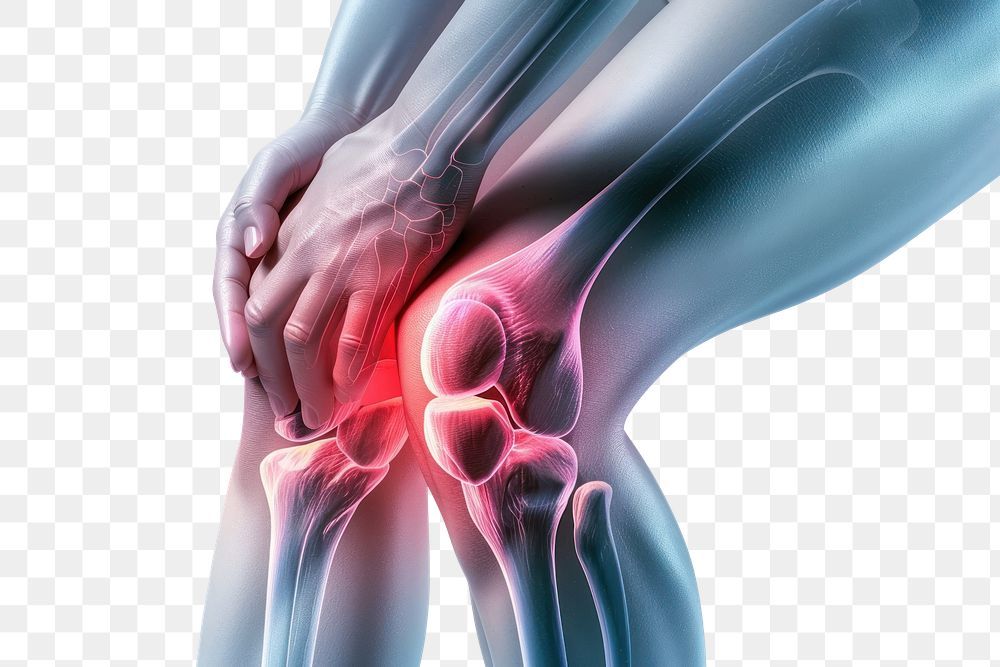Introduction:
Acute Haematogenous Osteomyelitis is a rapid-onset bone infection that primarily affects children, though it can occur in adults with weakened immunity. It typically arises when bacteria spread through the bloodstream and settle in the metaphysis of long bones, leading to inflammation, pain, and systemic symptoms.
Defination:
Acute Haematogenous Osteomyelitis is a sudden, severe bone infection that travels through the bloodstream.It almost always affects children. If an adult gets, it’s usually because their body’s defenses are weakened by illness, poor health.
Predisposing Factor:
An association with diabetes has long been recognized, whilst immune suppression, either acquired or induced, is increasing by encountered as a predisposing factor.
Etiology:
Trauma may be determine the site of infection, possibly by causing a small haematoma or fluid collection in a bone.The casual organism is usually staphylococcus aureus, less often gram positive cocci. patient with sickle cell disease are prone to infection of salmonella. Organism usually settle in the metaphysis most often in the proximal tibia or in the distal or proximal end of the femur.
Clinical Feature:
- Sudden onset of severe bone pain
- Localized swelling, warmth, and tenderness
- Fever, chills, and general malaise
- Redness over the affected area
- Limited movement of the nearby joint due to pain
- Refusal to bear weight (in lower limb involvement)
- Irritability in children
- Possible abscess formation in advanced cases

Physiotherapy Management:
- To reduce swelling cryotherapy also with elevation of lower extremity.
- To decrease pain TENS can also help.
- To prevent deformity splint is important which is maintaining functional length of muscle.
- Gentle isometric exercises improve muscle power.
- If hip is involve gentle skin traction apply by mean of physiotherapeutic treatment to prevent hip dislocation.
- To maintain overall functional capacity breathing exercises.
Conclusion:
Acute Haematogenous Osteomyelitis is a serious bone infection that requires early recognition and medical intervention to prevent long-term complications. With timely diagnosis, appropriate antibiotic therapy, and supportive physiotherapy, most patients can achieve full recovery. Delayed treatment, however, may lead to chronic infection, joint damage, or growth disturbances in children. A multidisciplinary approach and close monitoring are essential for effective management and improved outcomes.
What is Acute Haematogenous Osteomyelitis?
Ans: It is a serious bone infection mostly seen in children; in adults it occurs when immunity is weakened by disease, drugs, or debility.
What are the main predisposing factors?
Ans: Diabetes and immune suppression (acquired or drug-induced) increase the risk of developing this condition.
Which organisms commonly cause the infection and where do they settle?
Ans: Staphylococcus aureus is the most common organism; others include gram-positive cocci and Salmonella in sickle cell patients. They usually settle in the metaphysis of long bones, such as the proximal tibia or femur.

